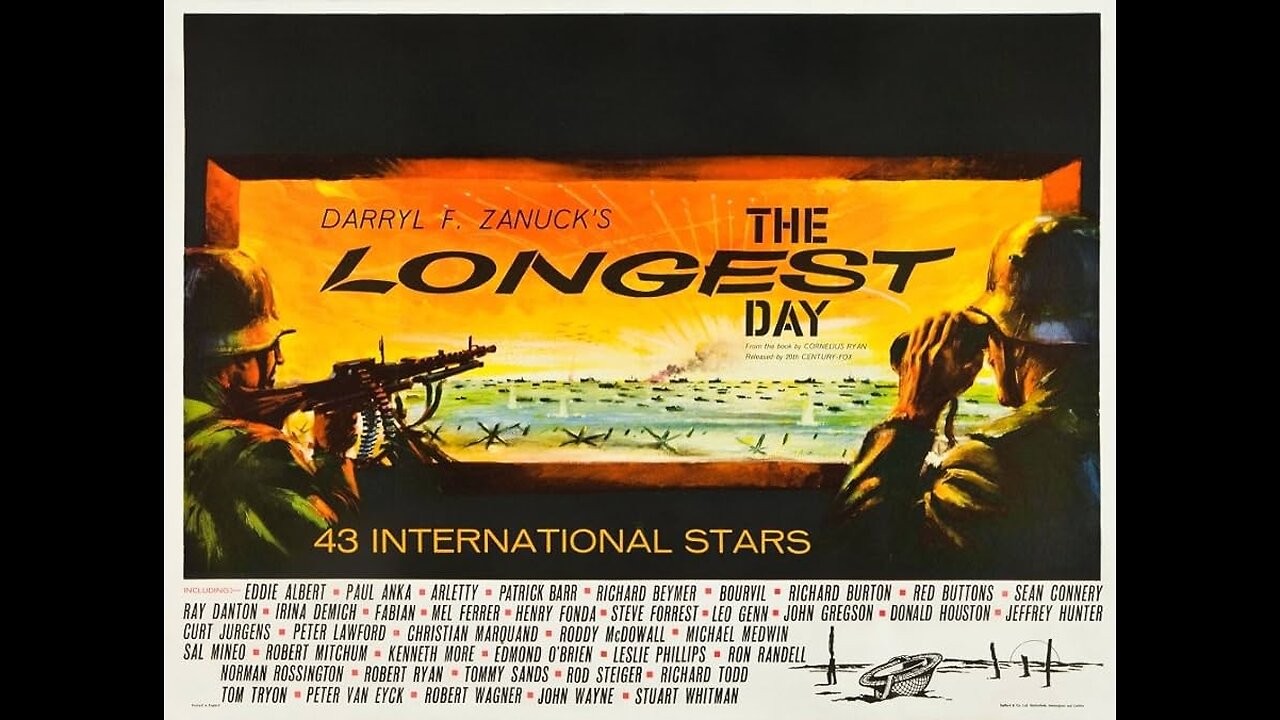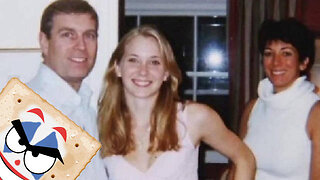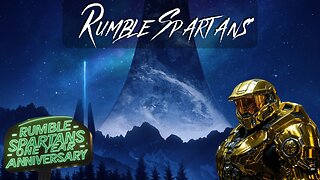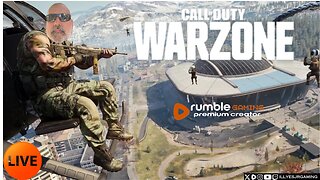Premium Only Content

THE LONGEST DAY (1962). Colorized from VHS.
The Longest Day is a 1962 American epic war film based on Cornelius Ryan's 1959 non-fiction book of the same name about the D-Day landings in Normandy on June 6, 1944. The film was produced by Darryl F. Zanuck for 20th Century Fox, and is directed by Ken Annakin (British and French exteriors), Andrew Marton (American exteriors), and Bernhard Wicki (German scenes). The screenplay was written by Ryan, with additional material written by Romain Gary, James Jones, David Pursall and Jack Seddon.
The film features a large international ensemble cast that includes John Wayne, Kenneth More, Richard Todd, Robert Mitchum, Richard Burton, Steve Forrest, Sean Connery, Henry Fonda, Red Buttons, Peter Lawford, Eddie Albert, Jeffrey Hunter, Stuart Whitman, Tom Tryon, Rod Steiger, Leo Genn, Gert Fröbe, Irina Demick, Bourvil, Curd Jürgens, George Segal, Robert Wagner, Paul Anka and Arletty. Many of these actors played roles that were essentially cameo appearances. Several cast members had seen action as servicemen during the war, including Albert, Fonda, Genn, More, Steiger and Todd, the latter having been among the first British officers to land in Normandy in Operation Overlord and participate in the assault on Pegasus Bridge.
The filmmakers employed several actual Allied and Axis D-Day participants as consultants, many of whom had their roles re-enacted in the film. These included Günther Blumentritt (a former German general), James M. Gavin (an American general), Frederick Morgan (Deputy Chief of Staff at SHAEF), John Howard (who led the airborne assault on the Pegasus Bridge), Lord Lovat (who commanded the 1st Special Service Brigade), Philippe Kieffer (who led his men in the assault on Ouistreham), Marie-Pierre Kœnig (who commanded the Free French Forces in the invasion), Max Pemsel (a German general), Werner Pluskat (the major who was the first German officer to see the invasion fleet), Josef "Pips" Priller (the hot-headed pilot) and Lucie Rommel (widow of Field Marshal Erwin Rommel).
Shot in a docudrama style (with captions identifying the different participants), the film opens in the days leading up to D-Day, depicting events on both sides of the English Channel. There is disagreement within the German High Command as to where the Allies will land and how the Wehrmacht should respond, but the threat is not perceived to be imminent, given the stormy weather. On June 5, 1944, not wanting to keep his forces waiting any longer, Gen. Dwight D. Eisenhower, Supreme Commander of SHAEF, makes the decision to go ahead with plans to invade France through Normandy the following day after receiving a somewhat hopeful weather report.
In the early hours of June 6, Allied airborne troops are sent in to take key locations, and the French Resistance reacts to the news that the invasion has started. British troops arrive in gliders to secure Pegasus Bridge, American paratroopers land scattered around Sainte-Mère-Église to defend a road that will be a vital artery for the invasion, and French Resistance and SOE agents conduct infiltration and sabotage work. There is uncertainty among German commanders about whether these events are a feint to distract from Allied crossings at the Strait of Dover (see Operation Fortitude), where the senior German staff had always assumed the invasion would begin.
As day breaks, Allied forces land on several beaches in Normandy and attempt to push inland, having particular trouble at Omaha Beach. Two lone Luftwaffe pilots strafe the beaches before flying away. The U.S. Provisional Ranger Group conducts an assault on the artillery at Pointe du Hoc, only to discover the guns are not functional. Free French Forces destroy a German stronghold in Ouistreham. After blowing through a concrete barrier, the American troops on Omaha Beach are able to begin their advance and join the rest of the Allied troops on the march to retake France and, eventually, conquer Germany.
-
 1:58:31
1:58:31
Adam Carolla
10 hours ago $3.92 earnedJay Leno Does What Modern Politics Won’t: Taking Care of Family Without a Press Conference
8.11K4 -
 LIVE
LIVE
Akademiks
2 hours agoDay 2/30. Smurk on Stream?? 50 cent keep going at Big Meech. Kendrick to Buy Kanye West Catalog?
2,581 watching -
 LIVE
LIVE
BlackDiamondGunsandGear
6 hours agoThe TRUMP SLUMP?
215 watching -
 LIVE
LIVE
SilverFox
51 minutes ago🔴LIVE - OBLIVION IS BETTER THAN SKYRIM NOW
156 watching -
 LIVE
LIVE
SpartakusLIVE
4 hours agoDuos w/ StevieT || Trios or Quads Later?!
92 watching -
 LIVE
LIVE
OhHiMark1776
5 hours ago🟢04-27-25 ||||| Halo Multiplayer Rumble: No. 13 ||||| Halo MCC (2019)
220 watching -
 2:12:28
2:12:28
TheSaltyCracker
3 hours agoThey Killed Her ReeEEEe Stream 04-27-25
71.4K149 -
 2:33:51
2:33:51
vivafrei
13 hours agoEp. 261: Criminal Judges ARRESTED! Election in Canada! Santos Sentenced! RFK Jr. & Autism & MORE!
146K62 -
 LIVE
LIVE
Amish Zaku
6 hours agoRumble Spartans "The One Year" Event
166 watching -
 LIVE
LIVE
Illyes Jr Gaming
3 hours agoLaid Back Sunday Night Warzone Stream!
38 watching